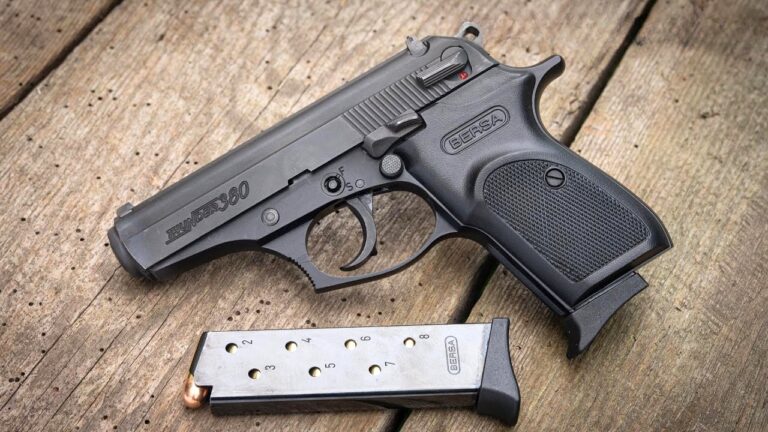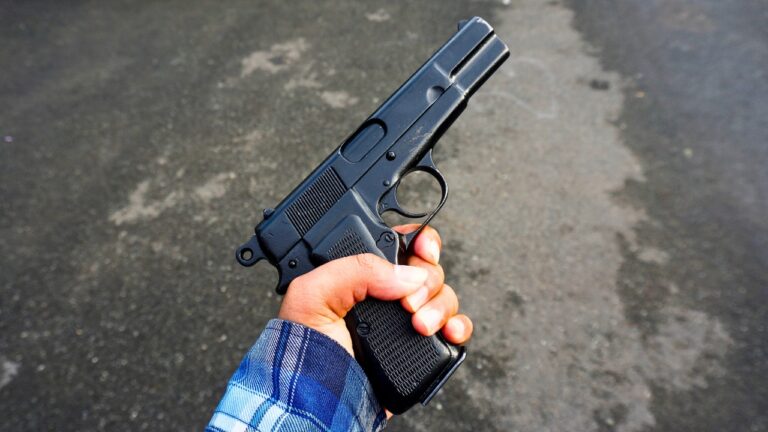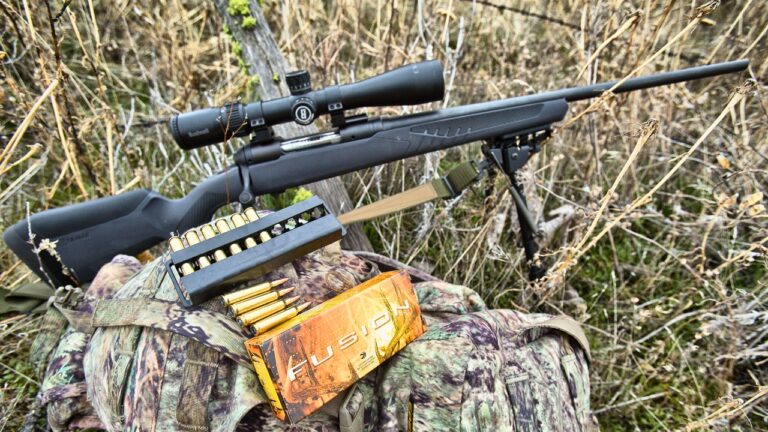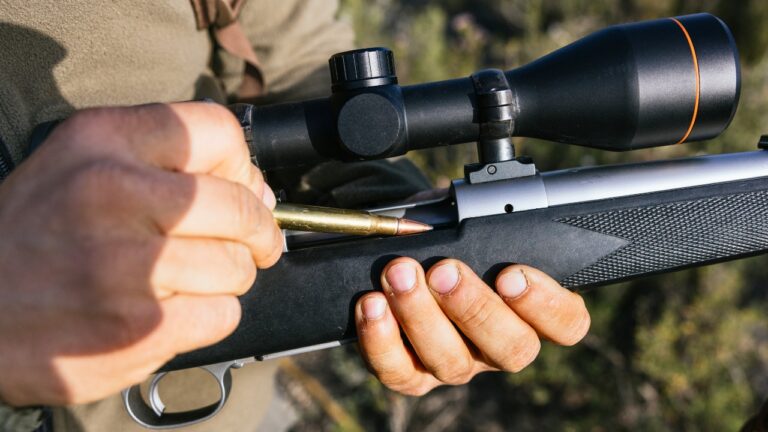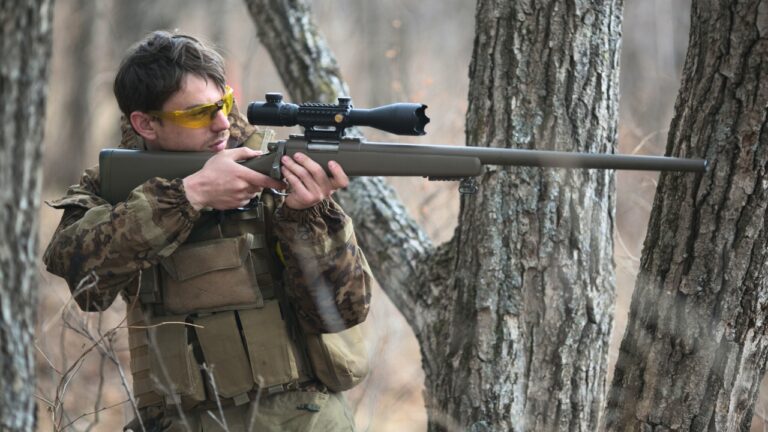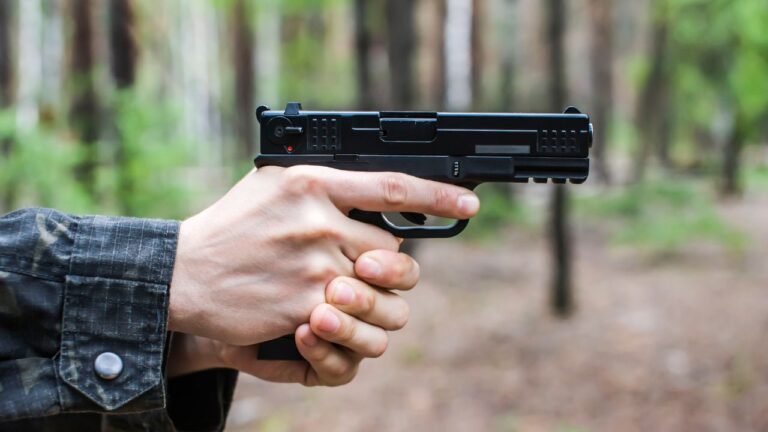When it comes to concealed carry, sometimes smaller is better. A good pocket pistol gives you a firearm that’s easy to carry, quick to access, and comfortable enough to have on you all day. Whether it’s for backup or primary carry, these little guns pack a punch while staying out of sight.
Not all pocket pistols are created equal, though. Some offer better accuracy, easier shooting, or higher capacity, while others prioritize deep concealment above all else. This list breaks down the best pocket-sized handguns, highlighting what makes each one stand out—and what drawbacks to consider before slipping one into your pocket.
Smith & Wesson Bodyguard 2.0
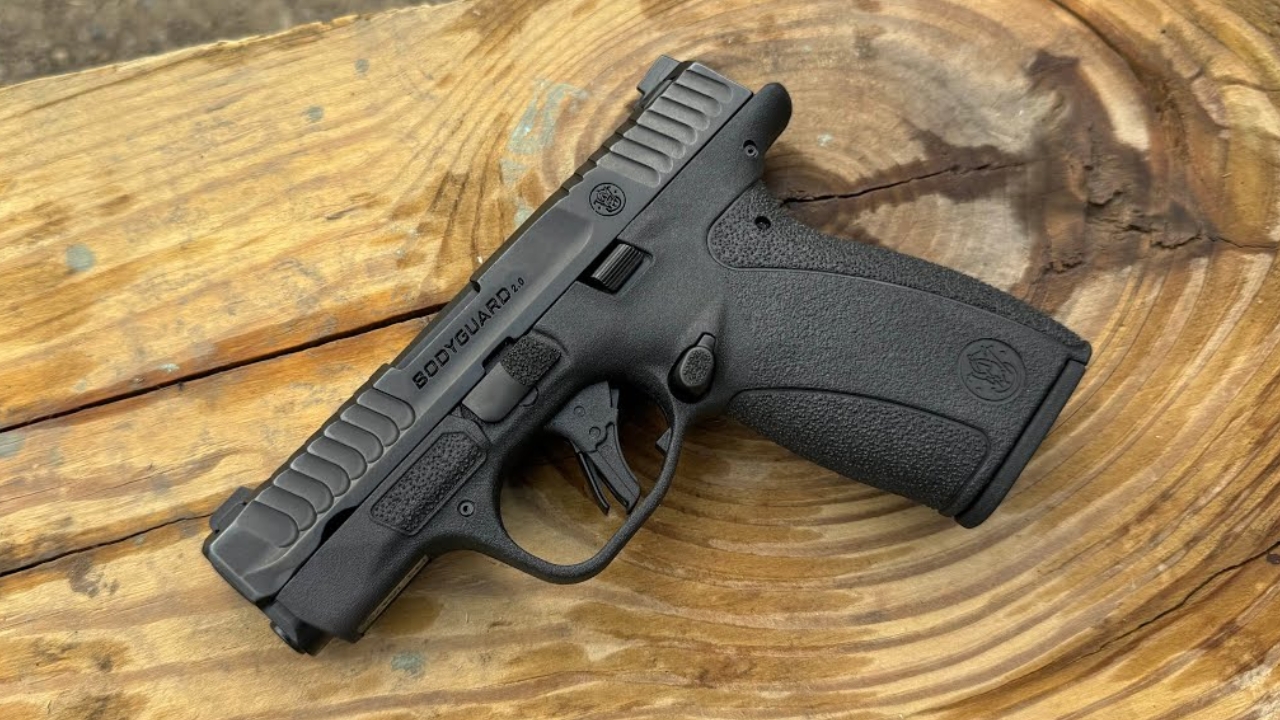
Smith & Wesson took everything wrong with the original Bodyguard .380 and fixed it with the 2.0 version. The old heavy trigger is gone, replaced with a smoother, lighter striker-fired system. The best part? This little .380 now holds 10 or 12 rounds, nearly doubling the capacity of most pocket pistols.
The slightly longer grip makes it easier to control, which translates to faster follow-up shots. It’s one of the few pocket pistols that doesn’t sacrifice shootability for size. The sights are large and easy to use, and accuracy is solid. Some smaller pockets may struggle to fit it, but for those who want a high-capacity .380 in a compact package, this is one of the best options available.
KelTec P32
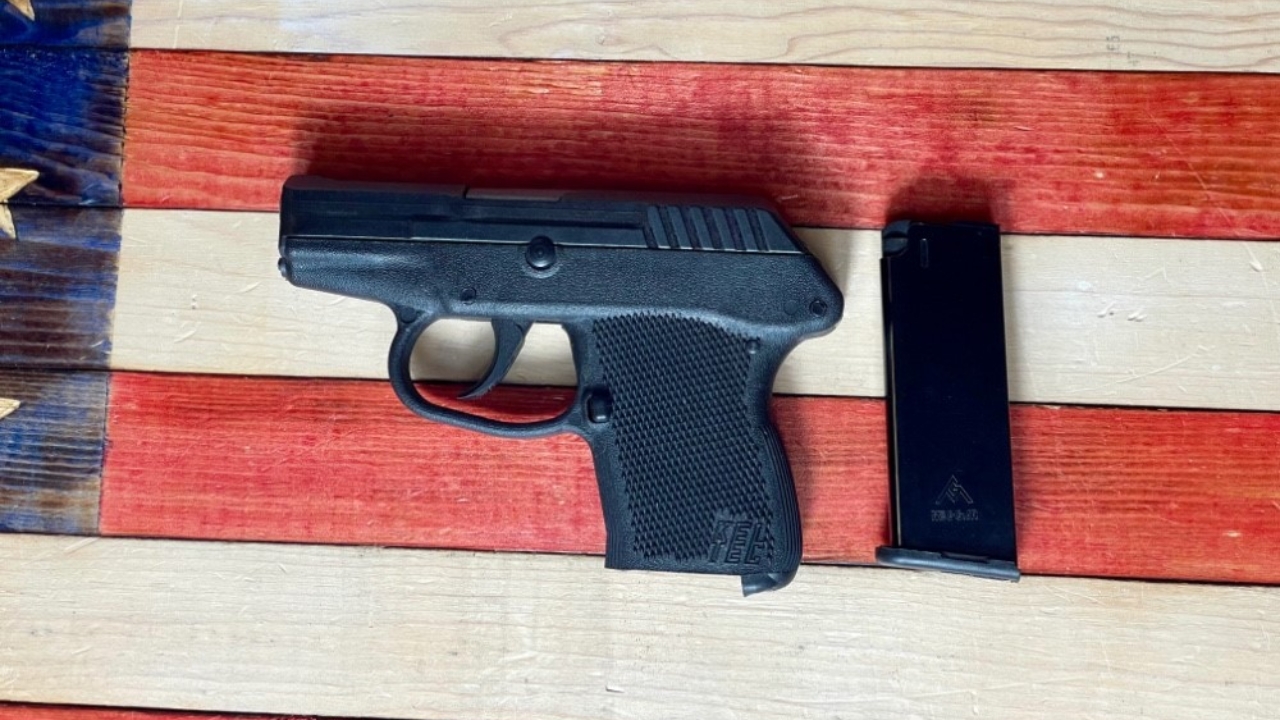
The KelTec P32 is about as lightweight as pocket pistols get. At just 6.9 ounces and 0.75 inches thick, it practically disappears in a pocket, making it a solid choice for deep concealment. The polymer frame and slim design make it comfortable to carry all day without any hassle.
Recoil is minimal thanks to the short recoil-operated system, making follow-up shots easy. The double-action-only trigger has a long pull but is surprisingly light. The biggest drawback is the tiny sights, which can be tough to see in a hurry. Adding a bit of high-visibility paint can help with that.
Sig Sauer P938
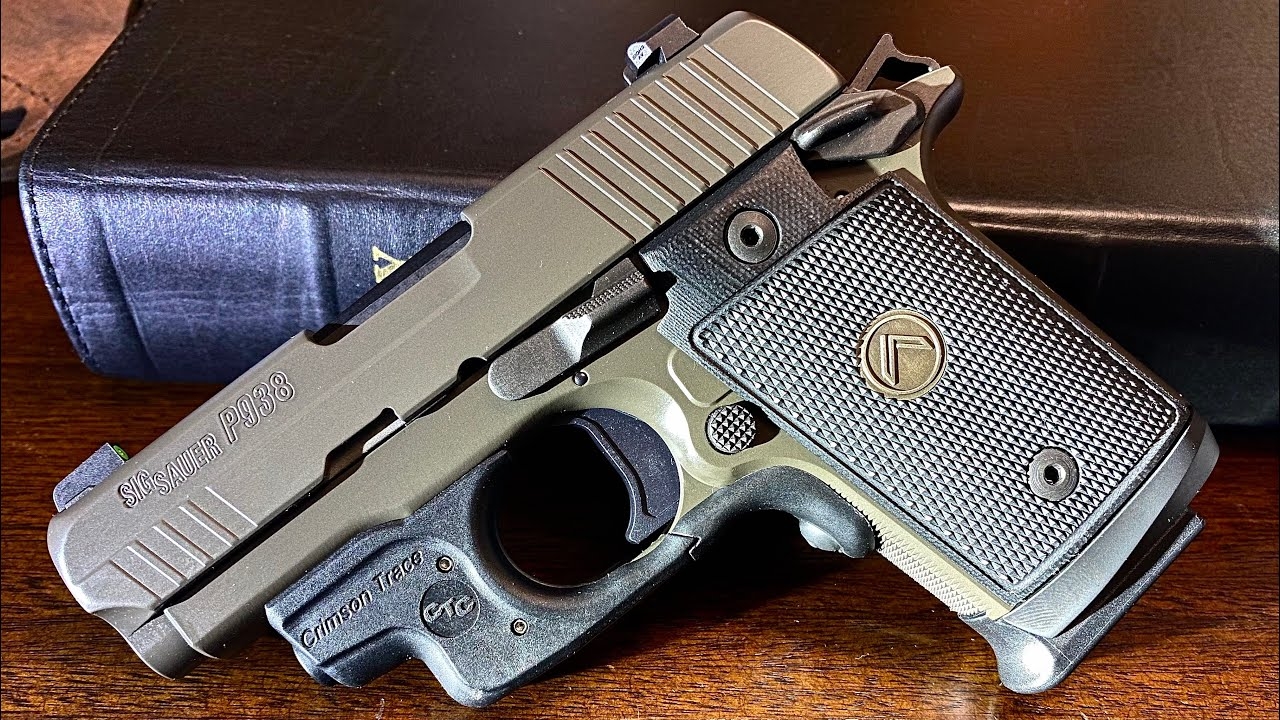
The Sig Sauer P938 is as close as it gets to a 1911 in pocket-pistol form. Chambered in 9mm, it packs more punch than the usual pocket-sized options, but that extra power comes with some tradeoffs. It’s heavier than most micro pistols and can feel a little large in tighter pockets, but it’s still one of the most compact 9mm carry guns out there.
The trigger is crisp and light, and the sights are big and easy to pick up quickly. The manual safety is small, which can slow things down a bit under stress, but for those comfortable with a single-action carry gun, it’s a solid performer. The extra weight helps tame recoil, making follow-up shots more manageable. It’s not the easiest to pocket carry, but for those who want 9mm performance in a tiny package, this is one of the best options.
Walther PPK/S
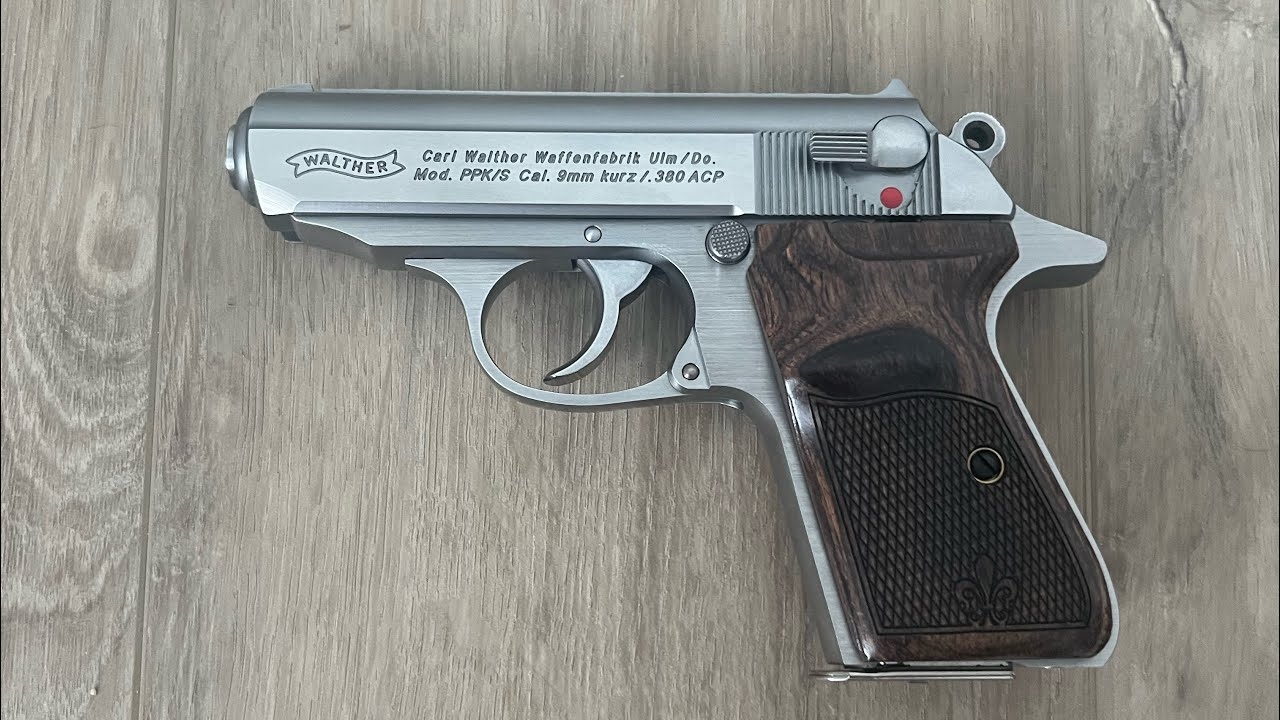
The Walther PPK/S in .32 ACP is a soft-shooting, smooth-operating pocket pistol that carries a bit of history with it. While the .380 version is known for its snappy recoil, the .32 ACP variant is much more manageable. At 19 ounces, it absorbs most of the recoil, making it one of the easiest pocket guns to control.
The longer grip helps with accuracy and comfort, but it does make the gun a little harder to conceal in smaller pockets. The sights are on the small side, but the fixed barrel design helps with accuracy. The double-action trigger is long and heavy, but for a pocket carry gun, that’s not necessarily a bad thing. It’s not the most compact option, but for those who appreciate classic styling and solid performance, the PPK/S is worth considering.
Beretta 30X
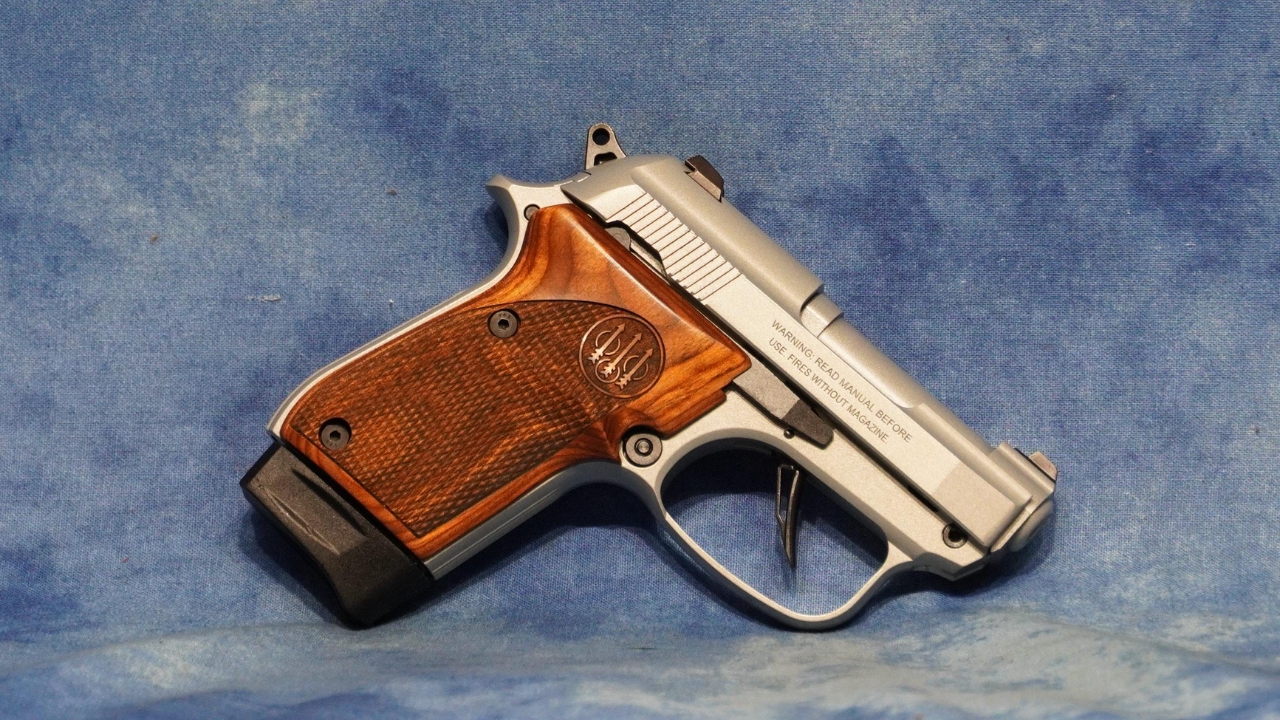
The Beretta 30X brings an old-school pocket pistol design into the modern world. Chambered in .32 ACP, it features a tip-up barrel that allows for easy loading without having to rack the slide—perfect for those who struggle with slide manipulation. The single-stack magazine holds eight rounds, giving it a bit more capacity than some other pocket pistols.
The double-action trigger is smooth, and the single-action pull is light and crisp. The sights are large for a pocket gun, making it easier to get on target quickly. The only real downsides are its slightly thicker profile and the potential for slide bite if hands are on the larger side.
Ruger LCP II .22 LR
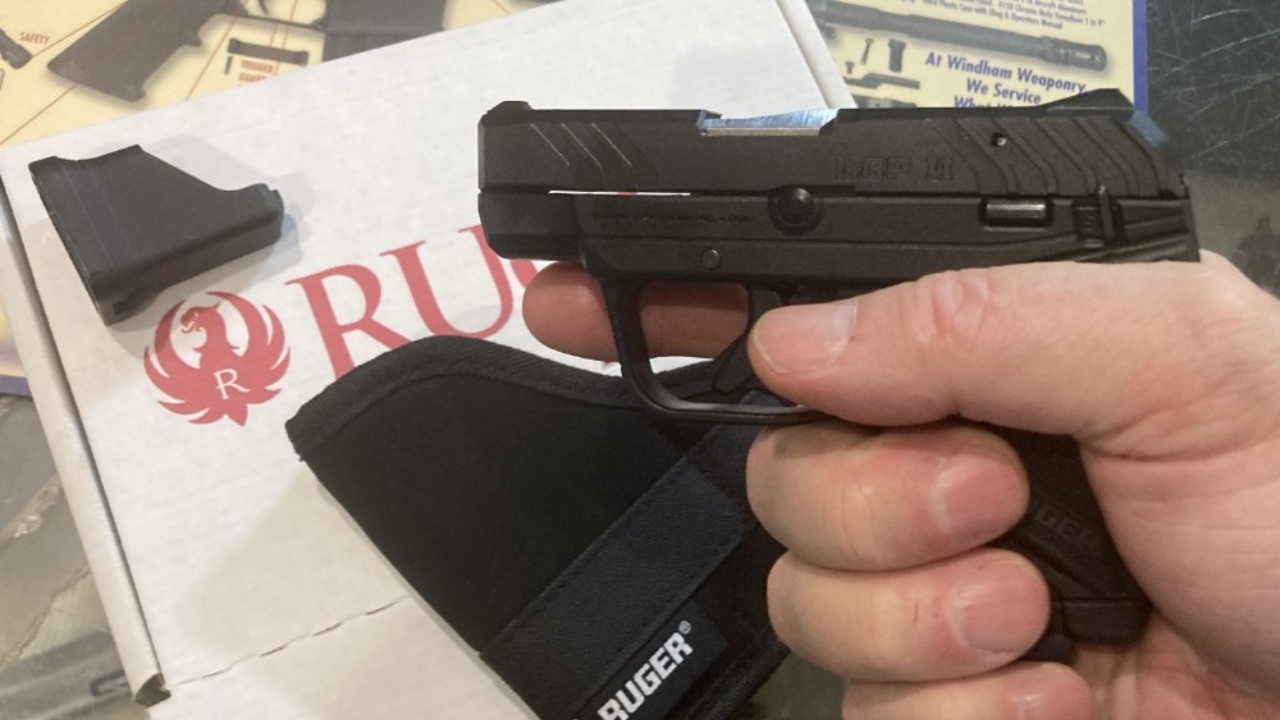
The Ruger LCP II in .22 LR offers an excellent balance of size, capacity, and ease of use. With a 10-round magazine, it provides more shots than most pocket pistols while still being incredibly compact. The low recoil makes it easy to control, even for those who are newer to shooting or sensitive to recoil.
Ruger designed this model with a simple blowback action, which is common for .22 LR pistols. The sights are larger than expected on a gun this small, making aiming easier. However, as with all rimfire pistols, reliability can be a concern. Using high-quality ammunition minimizes malfunctions, but it’s something to be aware of.
Smith & Wesson 432 UC
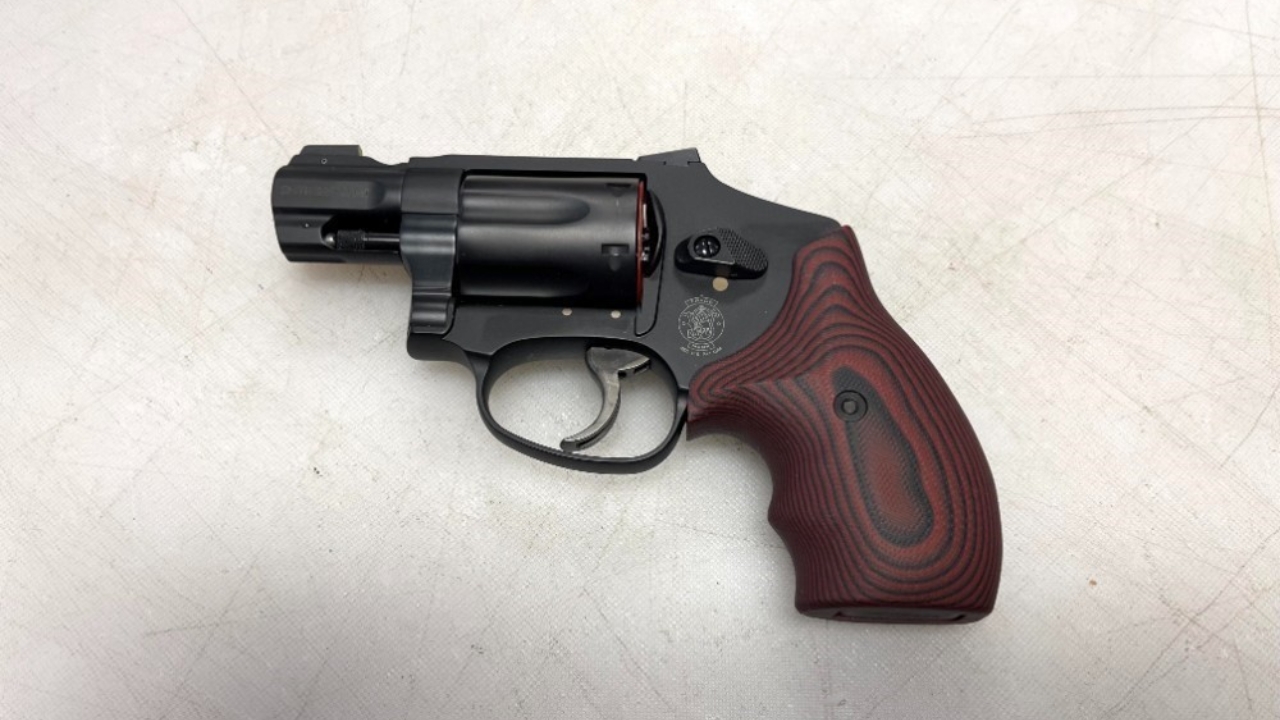
The Smith & Wesson 432 UC is a lightweight, easy-to-shoot revolver chambered in .32 H&R Magnum. Unlike most small-frame revolvers, this one holds six rounds instead of five, giving it a slight edge in capacity. The .32 H&R Magnum cartridge provides good power while keeping recoil manageable, making it a solid option for those who find .38 Special too snappy.
The revolver’s sights are well-designed for a pocket gun, and the trigger is smooth in double action. The biggest drawback is its size—it fits in some pockets but may be too large for smaller clothing styles. It’s a high-quality option for those who prefer a revolver for pocket carry.
NAA Mini Revolver
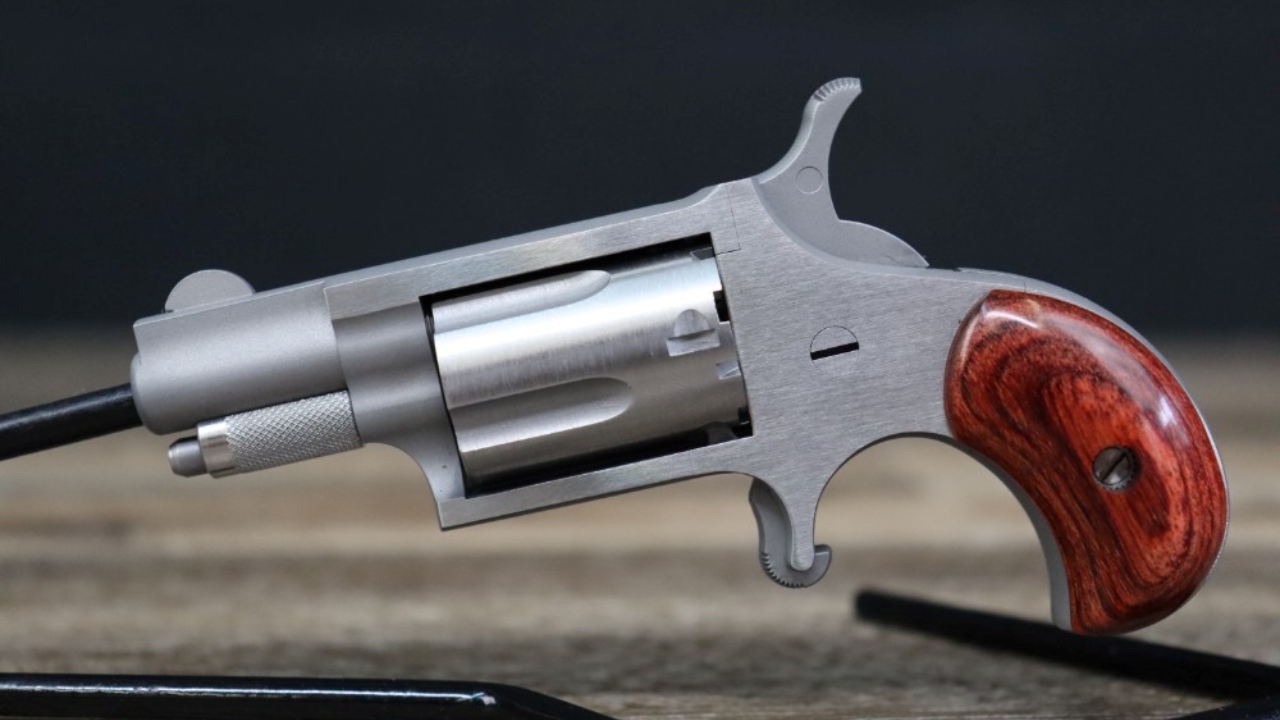
The NAA Mini Revolver is about as tiny as handguns get. Weighing just 4.6 ounces, this little single-action .22 LR is ridiculously easy to conceal. It’ll fit in just about any pocket, ankle holster, or even a belt buckle holster if that’s your style.
That said, shooting it is a different story. The sights are nearly useless, accuracy is questionable beyond a few feet, and reloading is slow. The biggest issue is deployment—it takes time to get into action, and that’s not ideal in a defensive situation. As a backup gun or deep concealment option, it works. Just don’t expect it to perform like a full-sized pistol.
Seecamp LWS
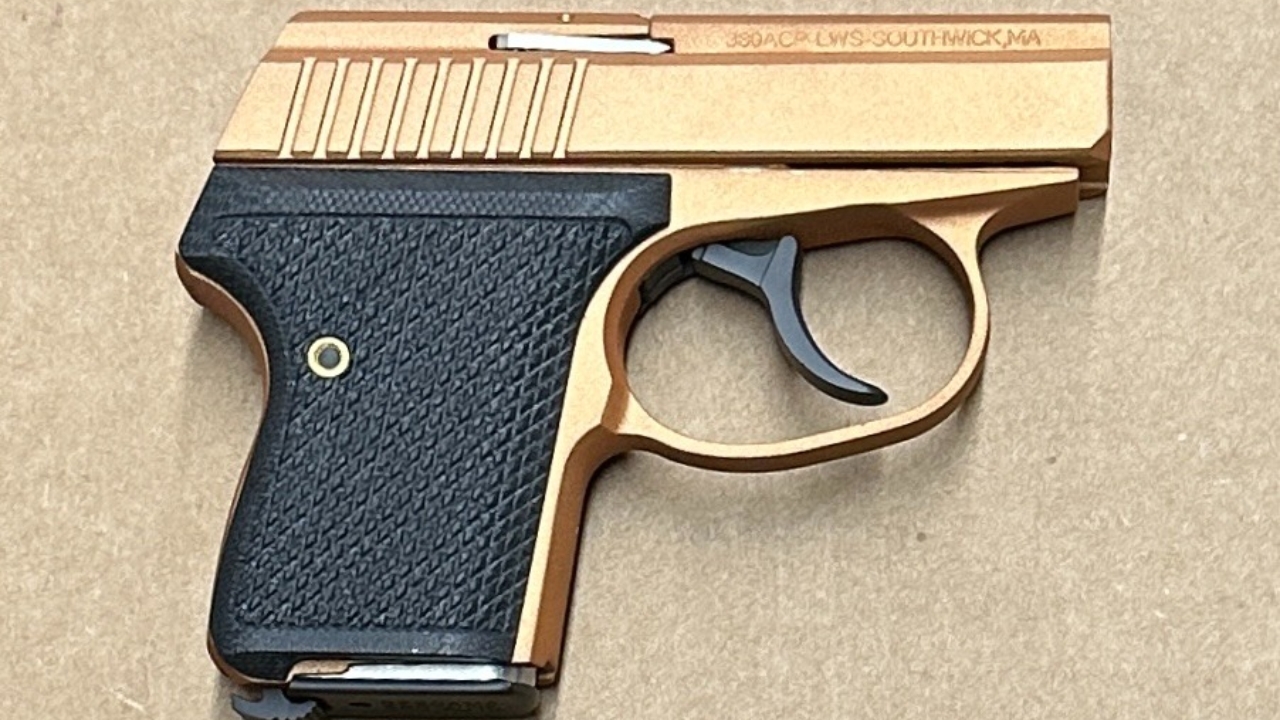
The Seecamp LWS is about as small as pocket pistols get. At just over 4 inches long and less than an inch thick, this little .32 ACP slips into a pocket and disappears. It’s smooth all over, with no sharp edges or snag points, making for an effortless draw.
There’s no traditional sight setup, which forces you to rely on point shooting. That can be a dealbreaker for some, but the tradeoff is a pistol that vanishes in any pocket. The chamber ring delayed blowback system keeps recoil surprisingly light, making it easy to control. It’s a deep concealment gun through and through—built for close-range work where speed and stealth matter most.
Bond Arms Backup
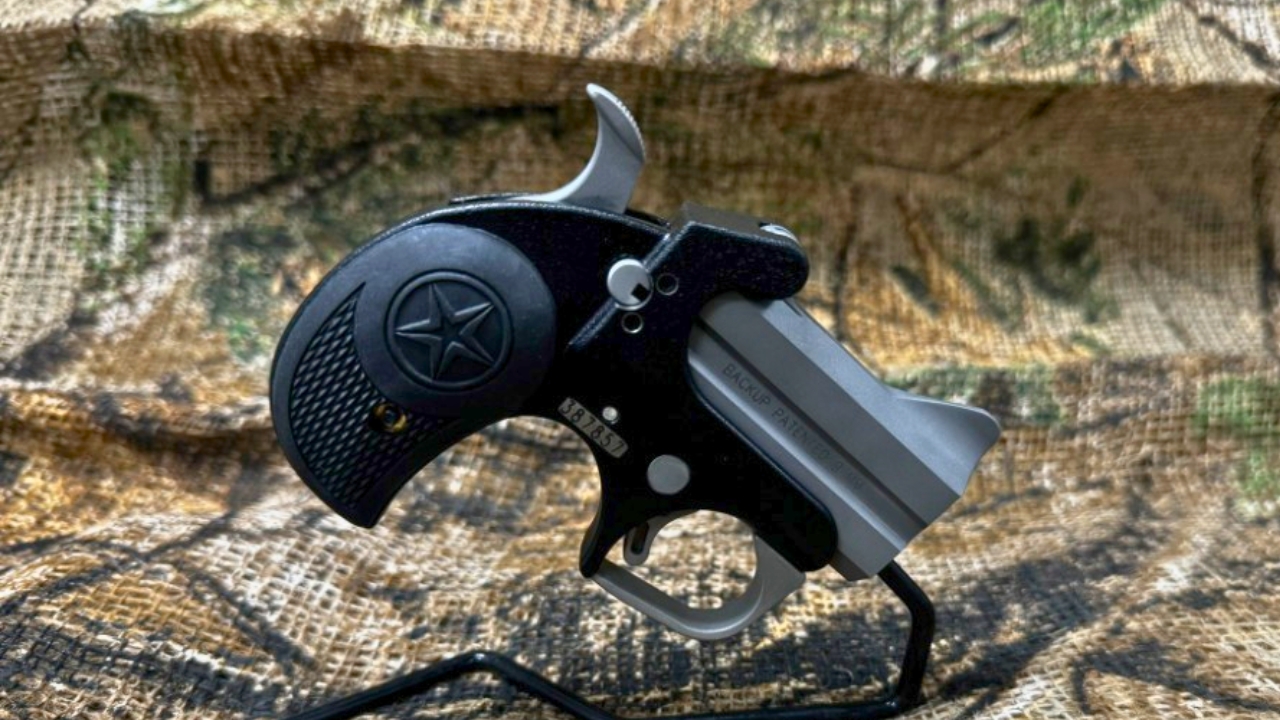
For those who want a little old-school flair in their pocket pistol, the Bond Arms Backup is an interesting option. This two-shot derringer is chambered in .380 ACP or 9mm, packing serious firepower into an ultra-compact frame. It’s built like a tank, with a stainless steel frame and rubber grips that help manage recoil.
Being a break-action, two-shot pistol, it’s not the fastest option for follow-up shots. The trigger takes some getting used to, and reloading is slow. But for deep concealment, ankle carry, or as a backup gun, it does the job. Some might call it outdated, but it’s reliable, easy to carry, and offers serious stopping power in an ultra-small package.
*This article was created with the assistance of AI.

